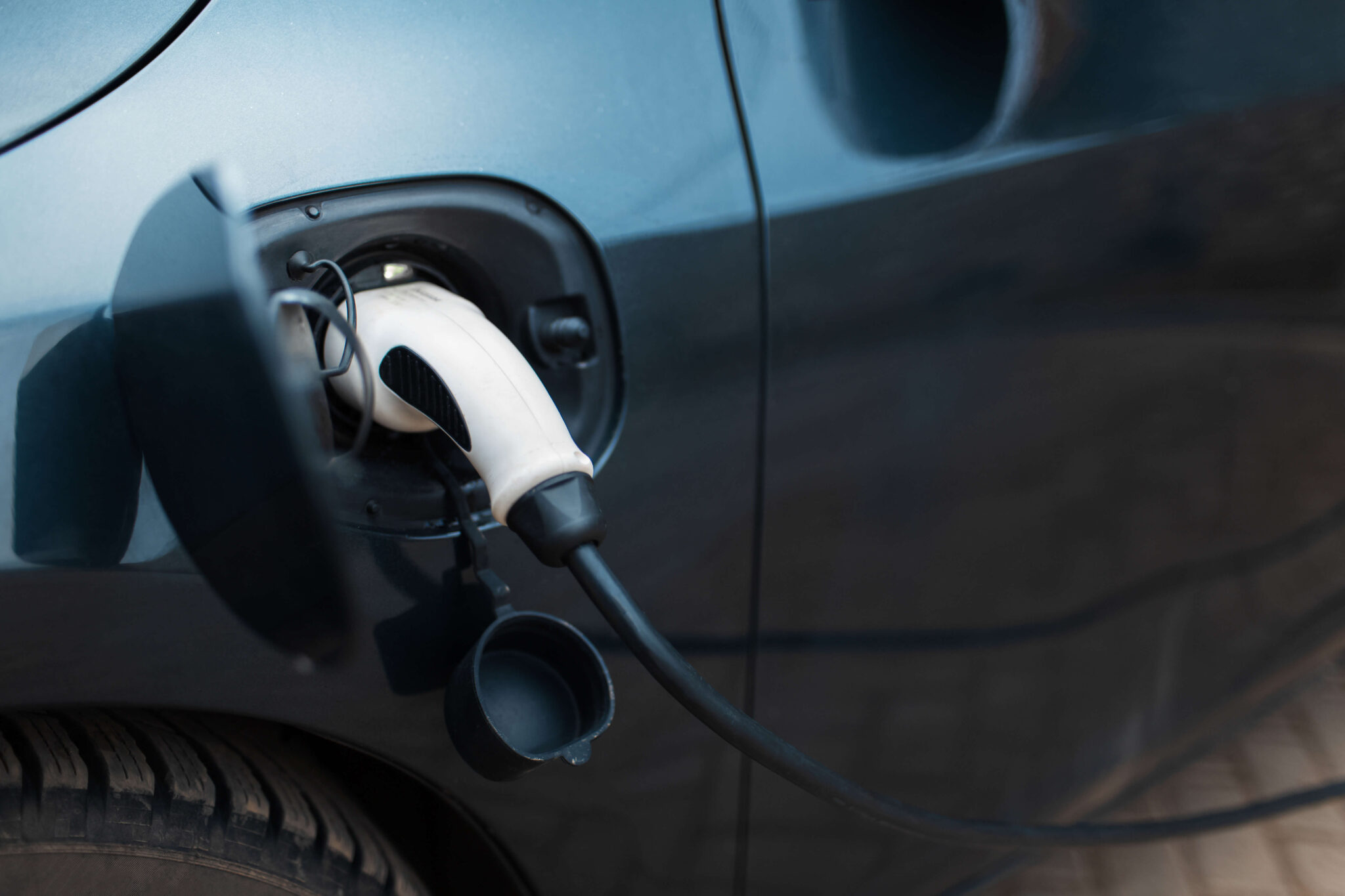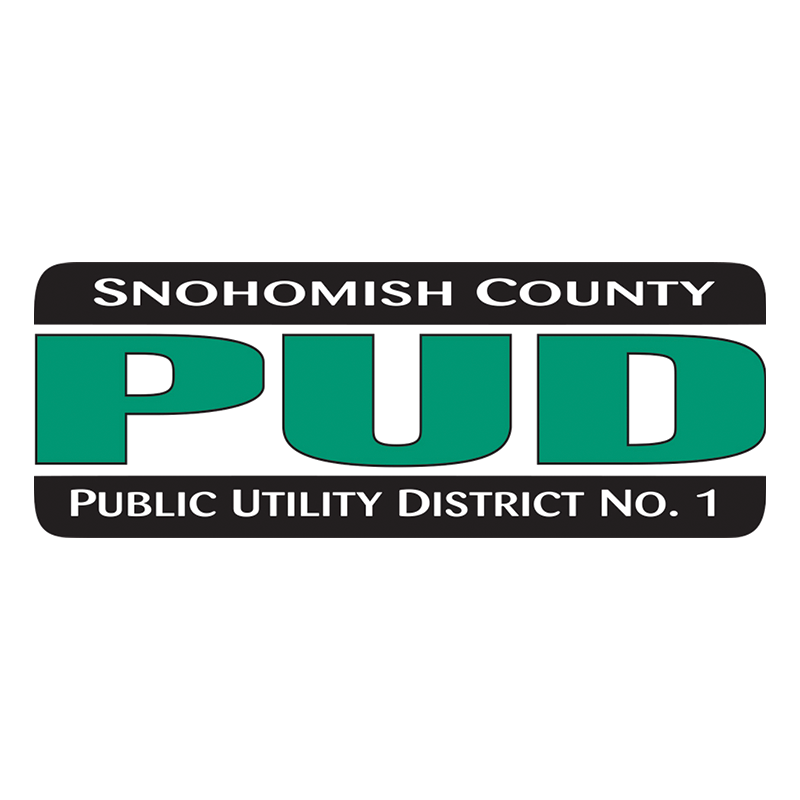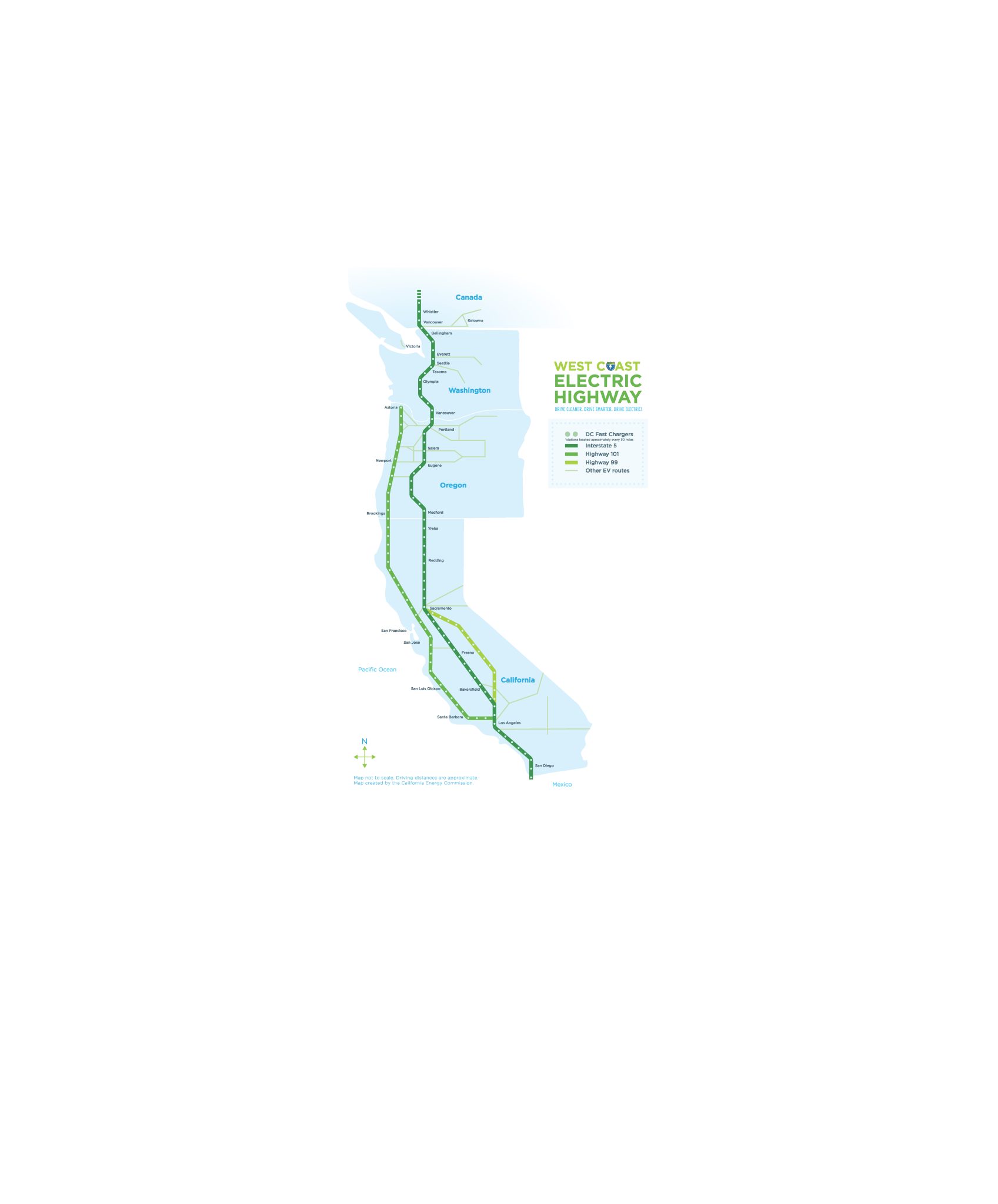EVs charging through the car market
Since 2019 EVs between Washington, Oregon, and California have over 165,000 registered EVs. Public charging sites are growing along the west coast via the West Coast Electric Highway, with a seamless network of charging sites every 25 to 50 miles. The future is electric, and our utilities and government are helping homeowners get EV charging stations through tax credits and rebates, keep reading to learn about these cost-saving opportunities!

The Alternative Fuel Vehicle Refueling Property Credit
This Federal incentive allows commercial and residential EV charging stations to credit 30% off the final cost of installing a charger or charging site. Homeowners can receive up to $1,000 in tax credits the following year. Any leftovers, similar to the solar and battery investment tax credit, can be applied in the following years if there is insufficient tax liability to use all of it.
SnoPUD utility incentive
SnoPUD’s Electric Transportation Plan invests in the infrastructure that will optimize the utility grid for electrified transportation. To accomplish this, SnoPUD incentivizes customer participation, which means you can save up to $500 if you install a level 2 charger as a SnoPUD customer! Claim your rebate online or mail your rebate application form here. The electronic or mail-in form submission must be received within 90 days of installing the level 2 charger.

Rebate requirements
To be eligible for the $500 PUD rebate, you must:
- Be a Snohomish County PUD customer
- Live in a single family home, manufactured home, or condominium
- Purchase and install a Level 2 connected charger from our Qualified Product List
- Apply for your rebate within 90 days from the date of purchase.
- Agree to be contacted about and participate in future PUD EV charger programs
- Agree to provide, or authorize the EV charger manufacturer to provide, PUD access to their charging data (data collection will be used to conduct research on EV charging patterns and their collective effect on PUDs electrical system and develop strategies to mitigate their impact)
Limit one rebate per home

West Coast Electric Highway
The main issue with electric vehicle drivers is driving range which causes a condition termed range anxiety. Turning range anxiety into range confidence, the West Coast Electric Highway connects the entire west coast from BC. Canada to San Diego, California, with a high-speed charging site every 25 – 50 miles. Each location will have level 2 charging equipment for most plug-in electric vehicles. With easy and convenient charging, more residents and businesses will be encouraged to buy electric cars. More EVs will positively affect transportation emissions and the environment by reducing the dependence on foreign oil.


